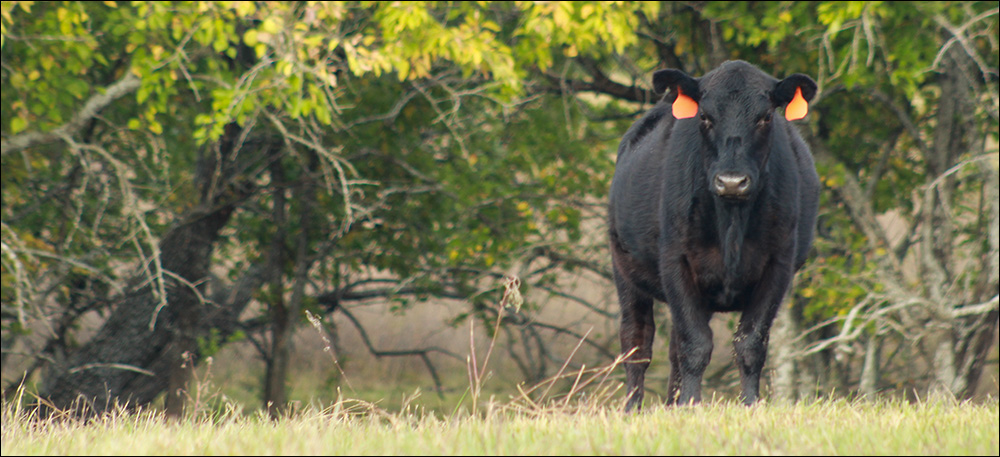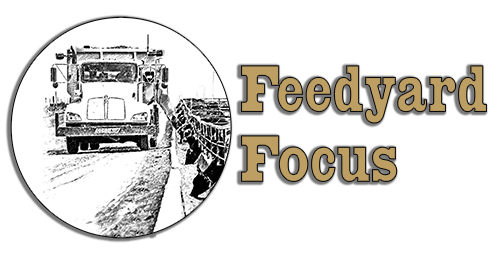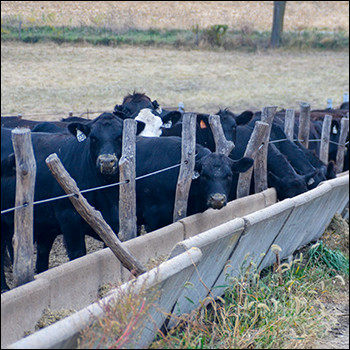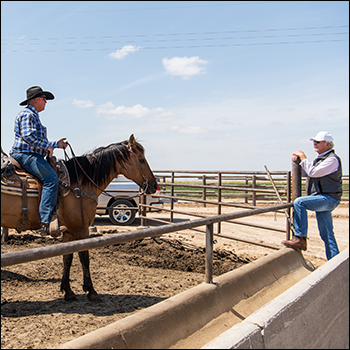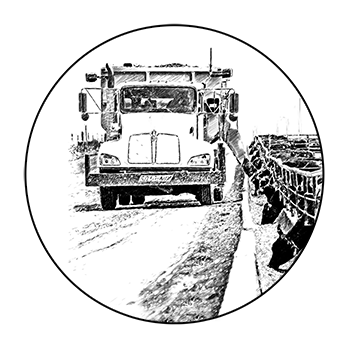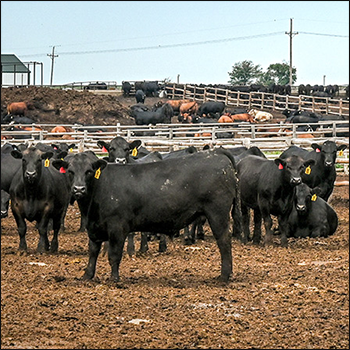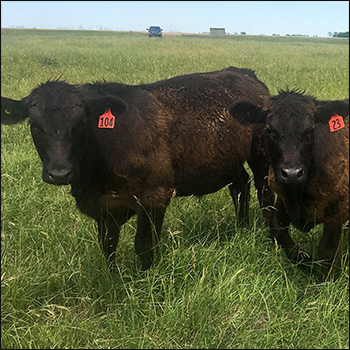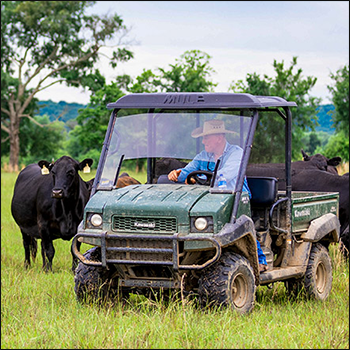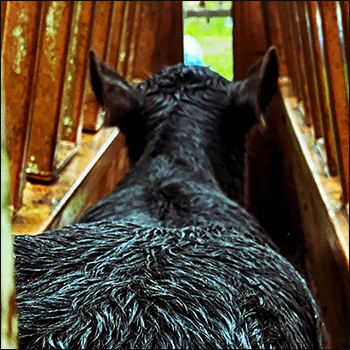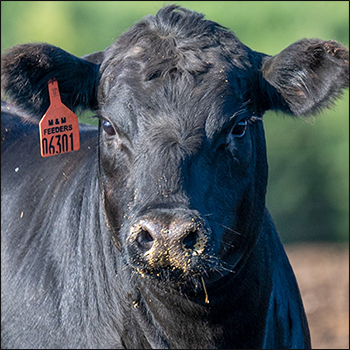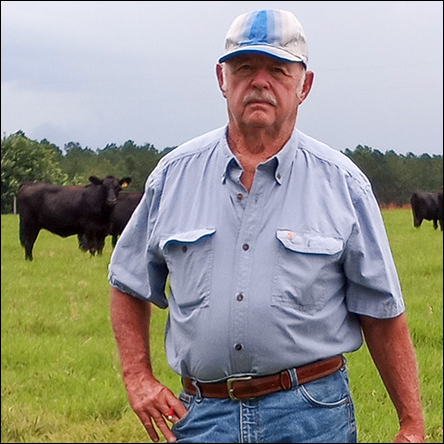Supplementing Beef Cows Grazing Dormant Native Range
Four steps to selecting the right supplement for cattle.
A ranching operation is a sustainable forage production and utilization enterprise. With good management, forage is an extremely valuable renewable resource and represents the most cost-effective feed resource to maintain health and productivity in cow-calf operations.
Balancing Omegas
Research shows balancing fatty-acid profile creates efficiency in animal performance, increased health for humans.
One of the drawbacks of traditional feedlot rations is that they are high in omega-6 fatty acids, which are not as healthful as feeds containing a better balance of omega-6 and omega-3 fatty acids. Fifteen years of research is showing a more efficient feeding protocol that yields better animal performance and more nutritive meat products with higher levels of omega-3 fatty acids.
Prevent Injury With Good Flooring
Well-designed cattle-handling facilities take into account the terrain cattle will walk.
When walking across a wet or icy sidewalk, people sometimes can take a tumble. Just like humans, without solid ground to walk on, cattle can get injured. To keep that from happening, experts at the Kansas State University Beef Cattle Institute offered advice during a recent Cattle Chat podcast.
Take Care of Immune System Before Vaccination
A list of do’s and don’ts for vaccination success.
“How many of you have vaccinated a group of cattle and still had some get sick?” asked Lourens Havenga. While conducting a Learning Lounge session at the 2021 Cattle Industry Convention in Nashville, Havenga offered a list of reasons why that happens. The CEO for Multimin USA Inc. suggested some reasons are related to producer error. Sometimes vaccination doesn’t achieve optimum results because the cattle had a mineral deficiency or imbalance.
Sire Differences Within Heart, Heart Fat Scores
Genetic component will enable genetic selection to improve traits and reduce incidence of pulmonary hypertension in feedlots.
During the 2021 Beef Improvement Federation Research Symposium & Convention, hosted June 22-25 in Des Moines, Iowa, Isabella Kukor talked about her research involving heart and heart fat scores as indicators of a genetic predisposition to pulmonary hypertension. Speaking during the Advancements in Efficiency and Adaptability session, the Colorado State University animal scientist explained how these scores may be the key to preventing or at least reducing the incidence of pulmonary hypertension in feedyard cattle and in breeding herds raised at high elevations.
Clostridial Culprits
Feedlot calves should be vaccinated against blackleg, tetanus and more.
Several deadly livestock diseases are caused by a group of bacteria called clostridia. They all can go dormant as spores when exposed to oxygen, heat or drying. The spores can remain viable in soil for many years, infecting animals later when ingested with feed, or introduced into a wound. Spores can also exist within an animal’s body in latent state without causing disease, then suddenly come to life and multiply when conditions become favorable.
